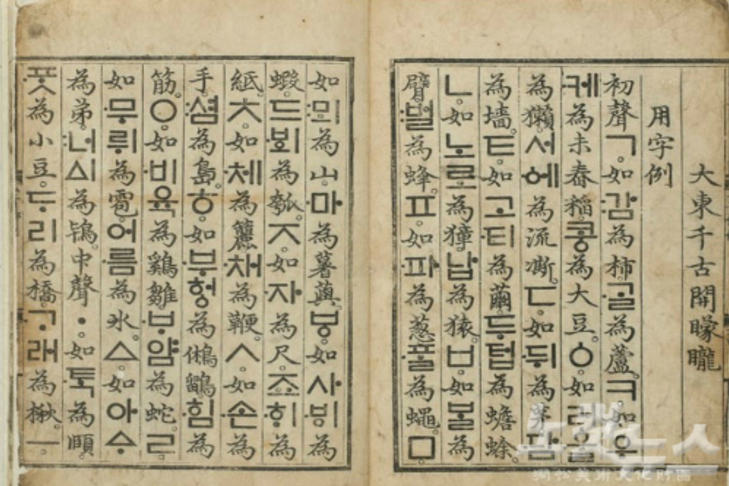

King Sejong: The Creation of the Korean Language
Short Term Impact
Briefly after the release of Hangeul, government officials of Korea tried to stop its use. For a brief time, King Sejong succeeded and despite the elites' efforts, people used the language. Soldiers could write to their families, and maids, children, and servants could all read and write. But soon after, King Sejong died on March 30, 1450, just seven years after he created Hangul. The nobles and the elite classes of Joseon treated it with contempt, nicknaming it "Eonmun" or vulgar script. For four hundred years, they mostly shut down the use of the language in court, which led for its use to be very suppressed. Not until the 10th and last king of the Joseon Dynasty, King Gojong, allowed the language Hangeul again in the late 1800s.
"Whether or not it is ultimately the best of all conceivable scripts for Korean, Hangeul must be unquestionably ranked as one of the greatest intellectual achievements of humankind." ~ Geoffrey Sampson (1985/ Professor of Natural Language Computing, University of Sussex, Linguist.)
Source from Writing systems : A linguistic introduction, 1990

Left: Hunminjeongeum Haerye, wikiwand, 2007
The Hunminjeongeum Haerye, originally named, "The Correct Sounds for the Instruction of the People," was made by King Sejong to educate the general public about his new language Hangul.